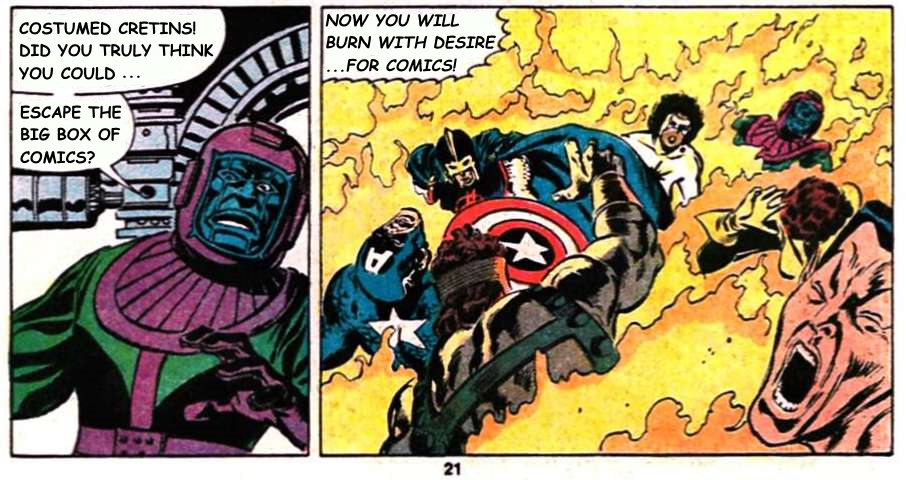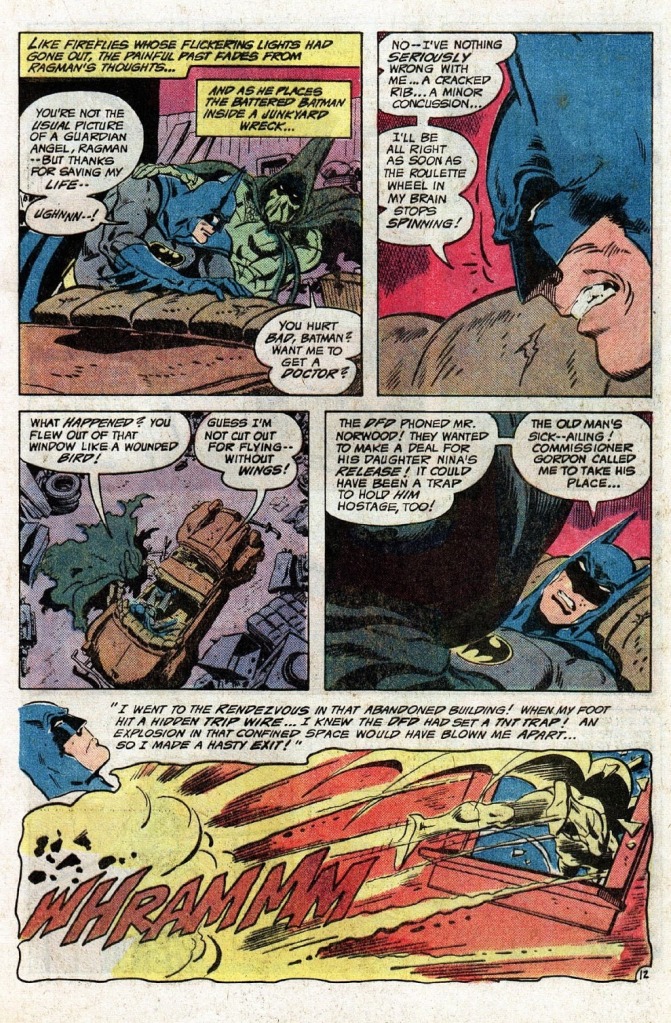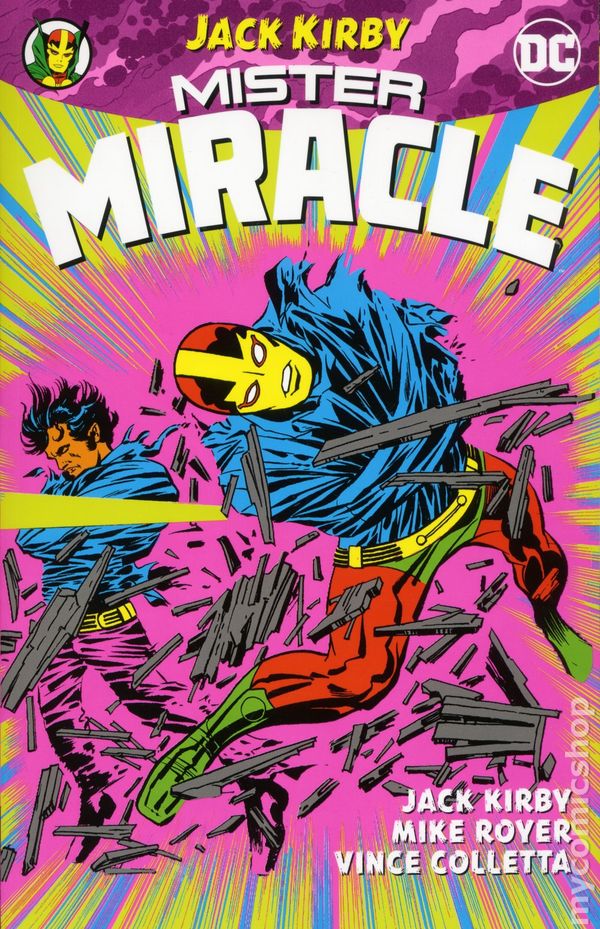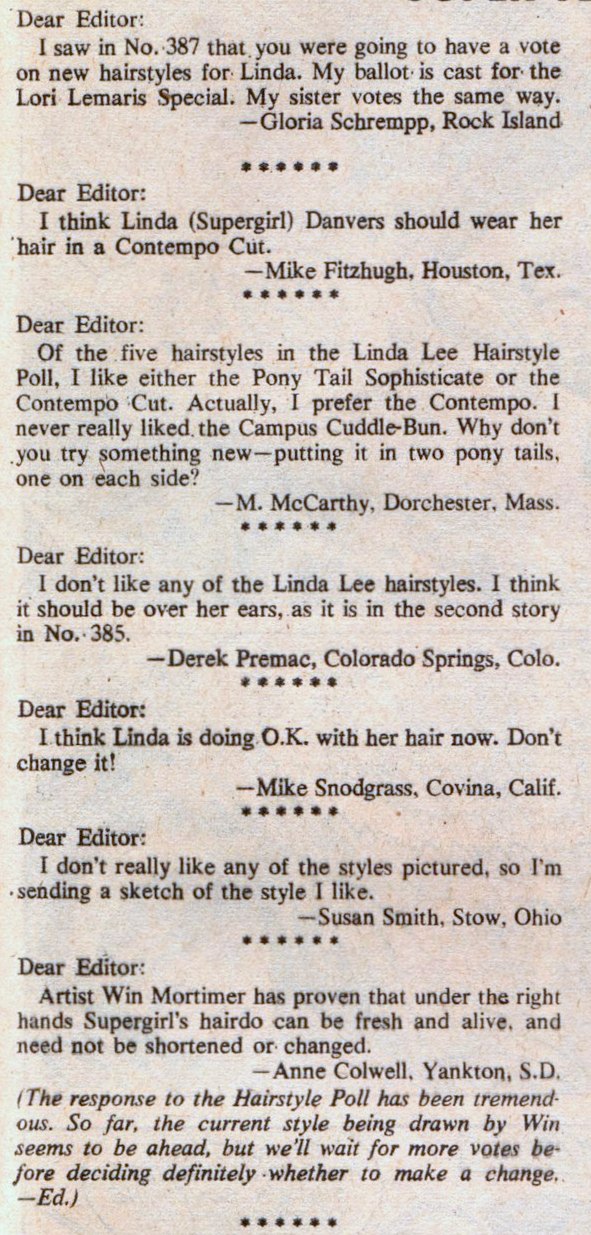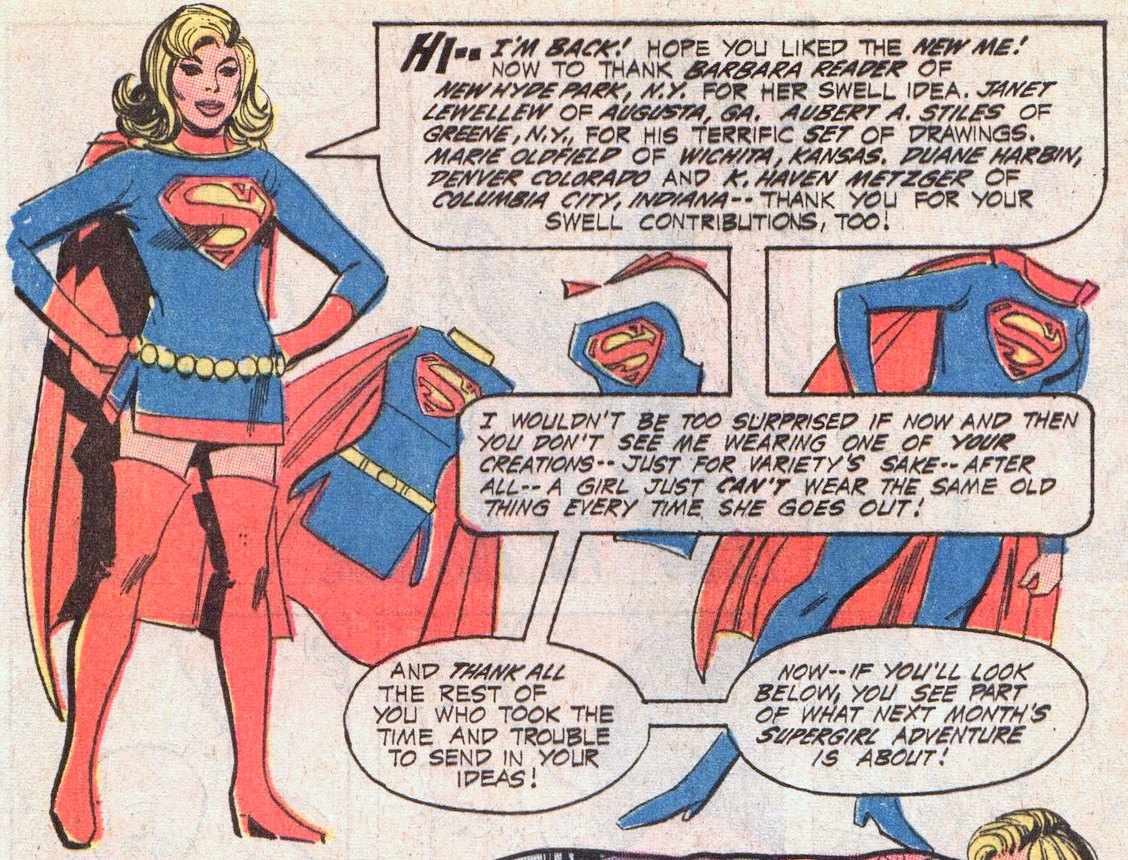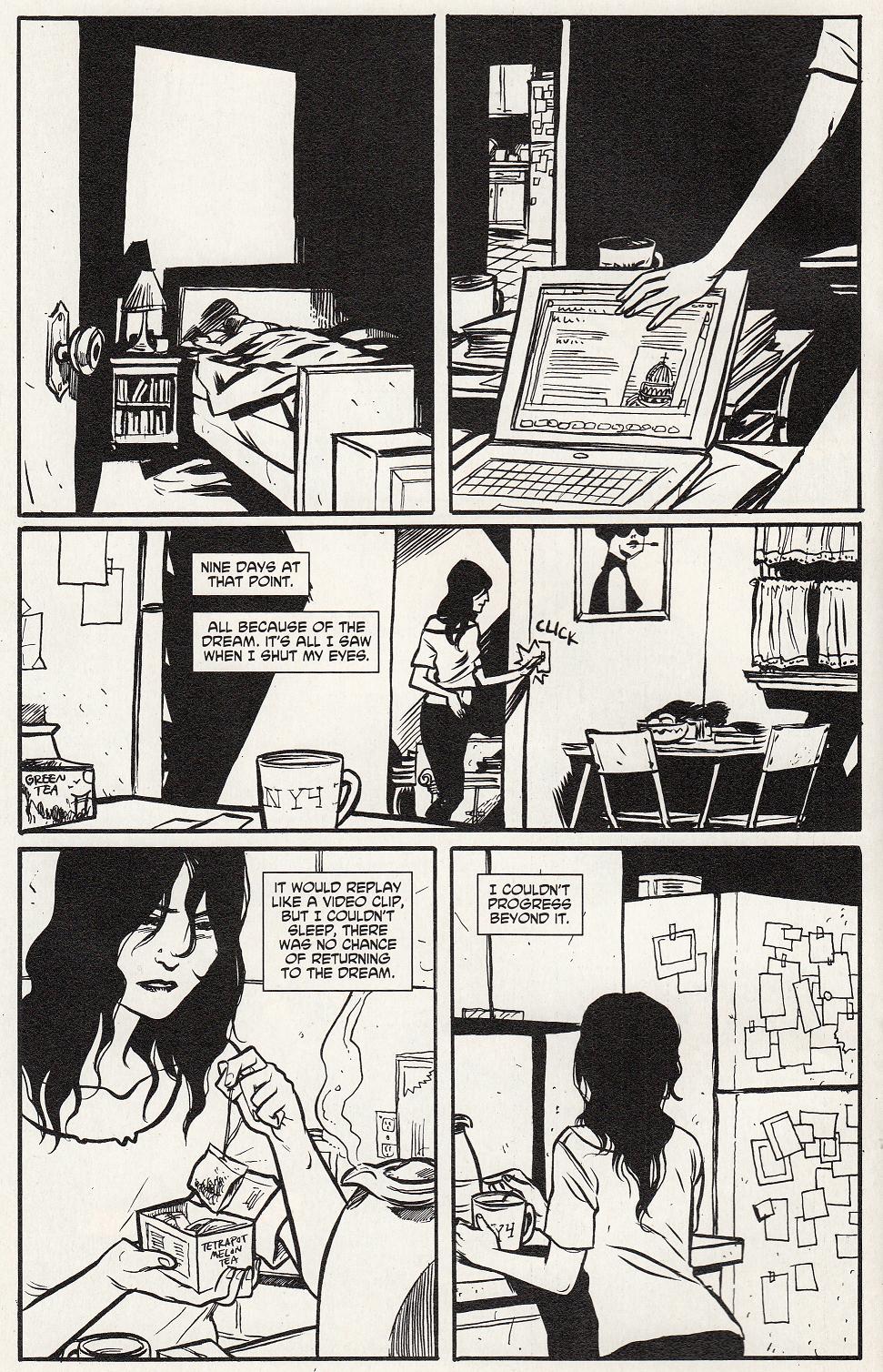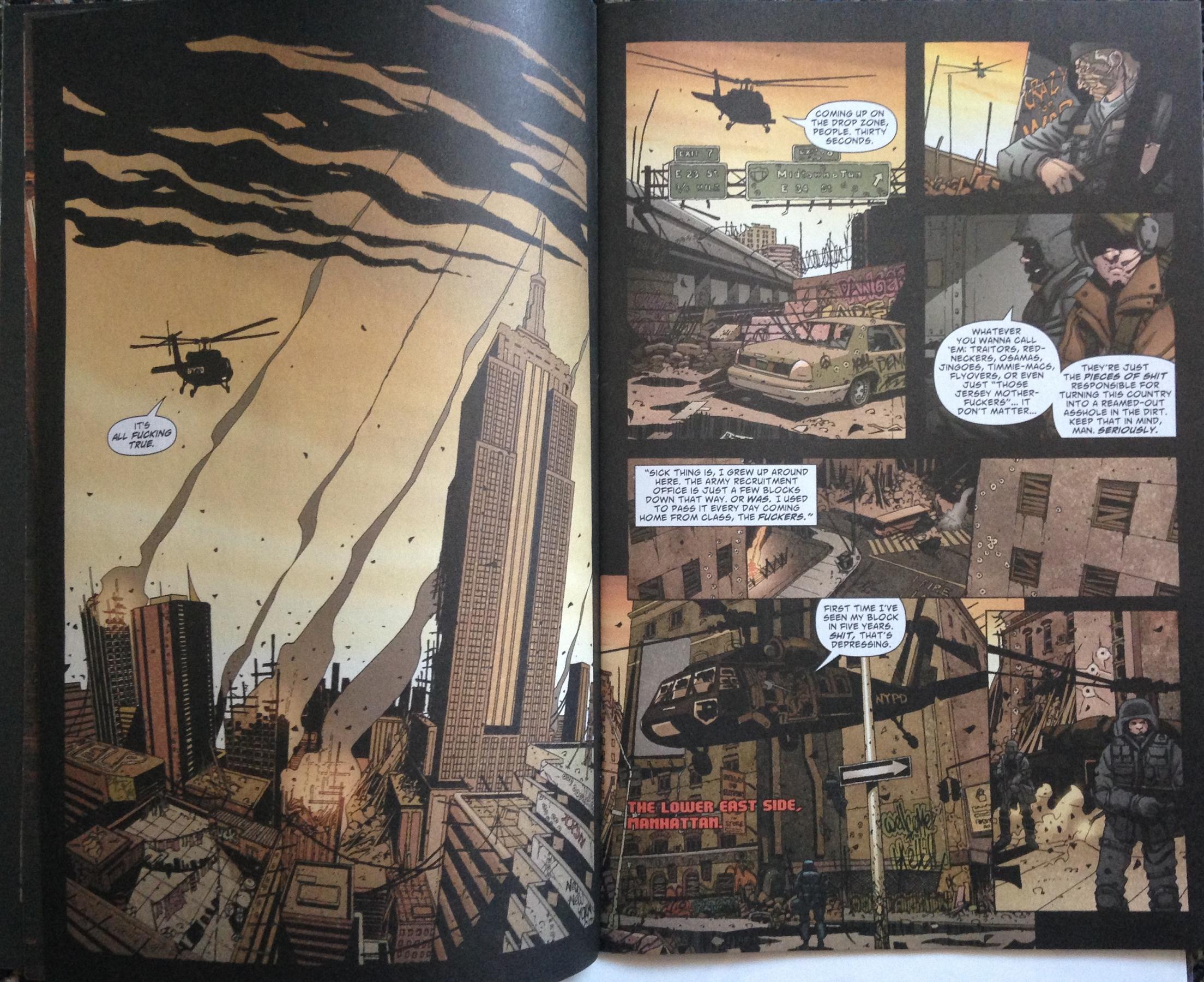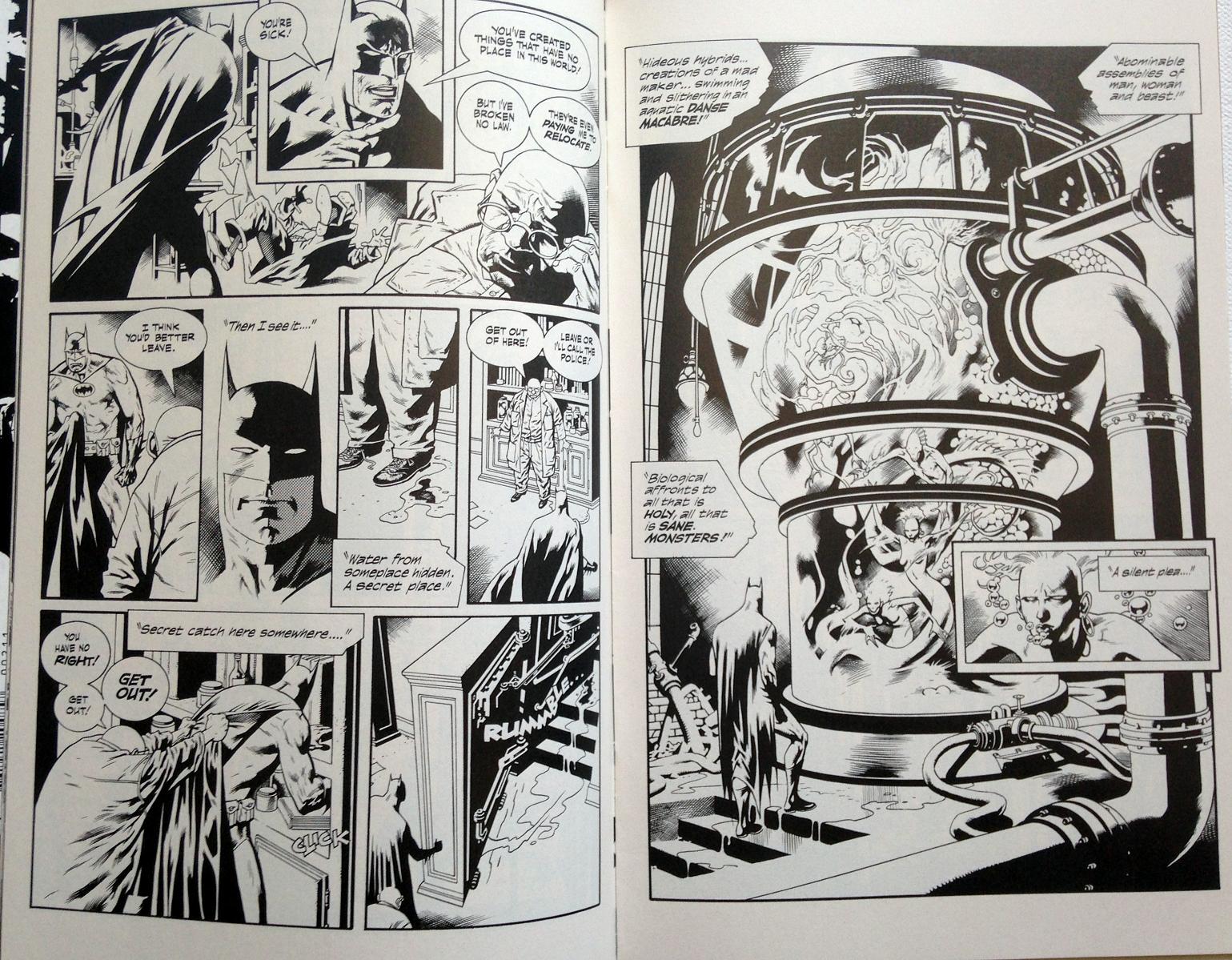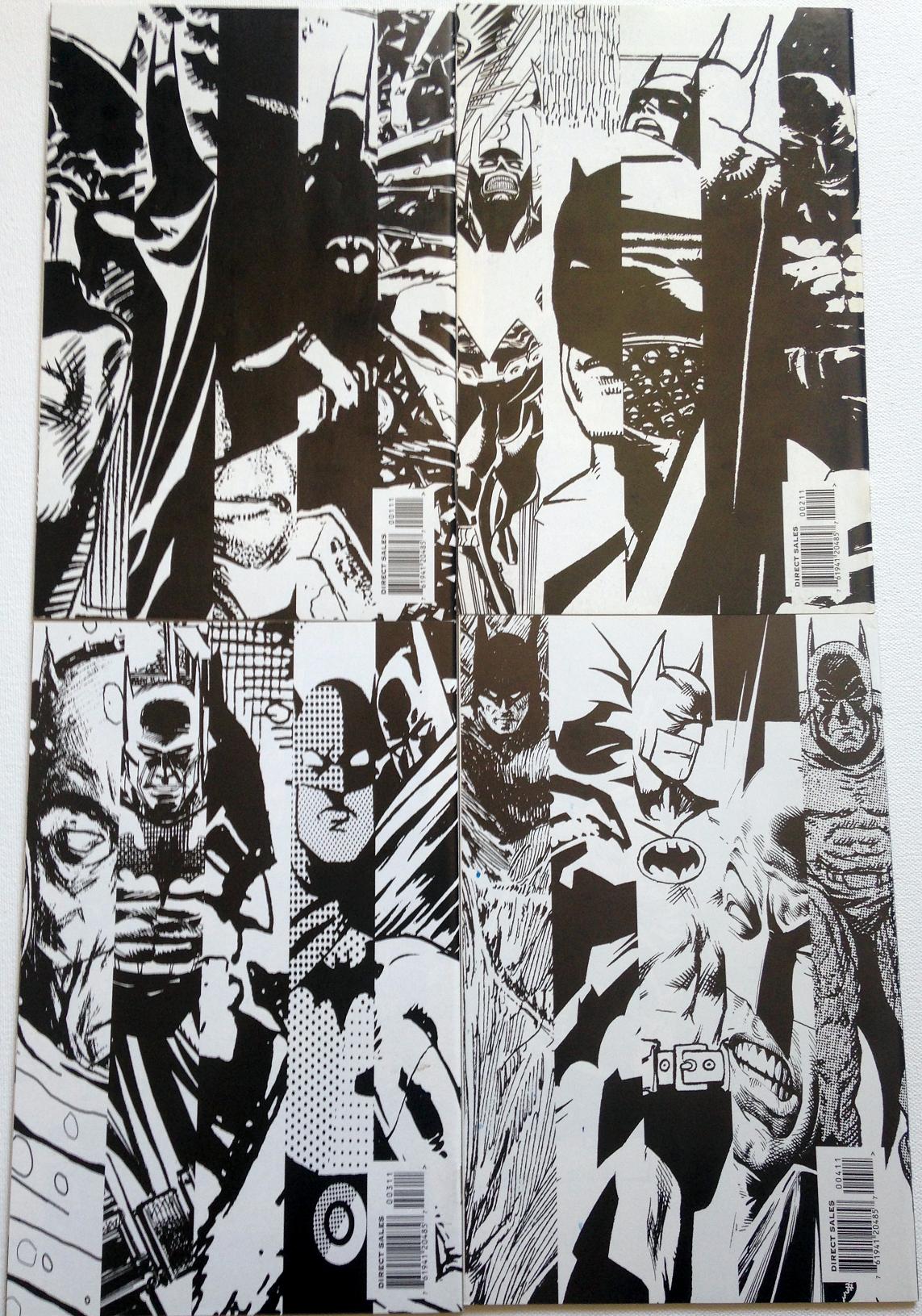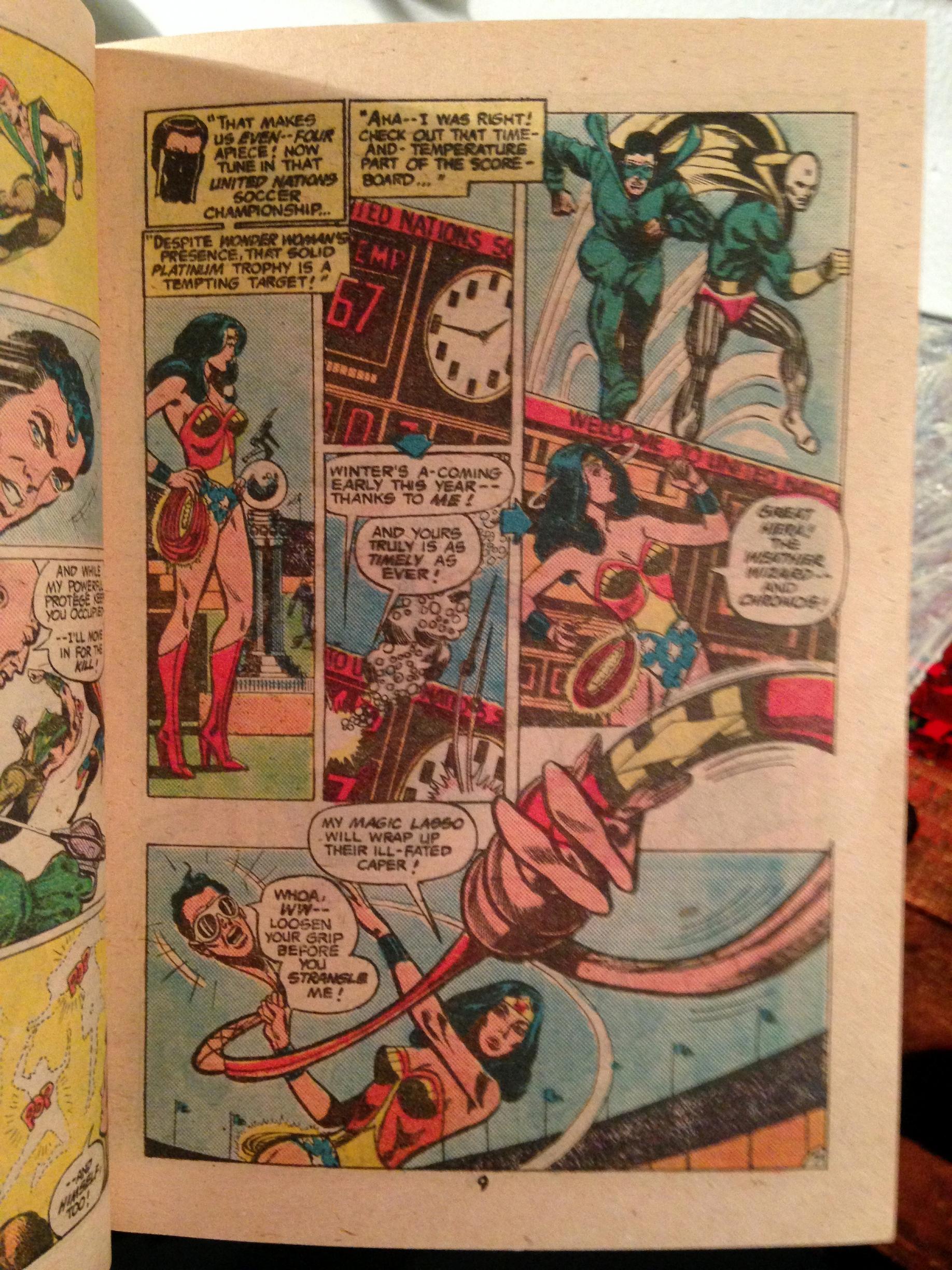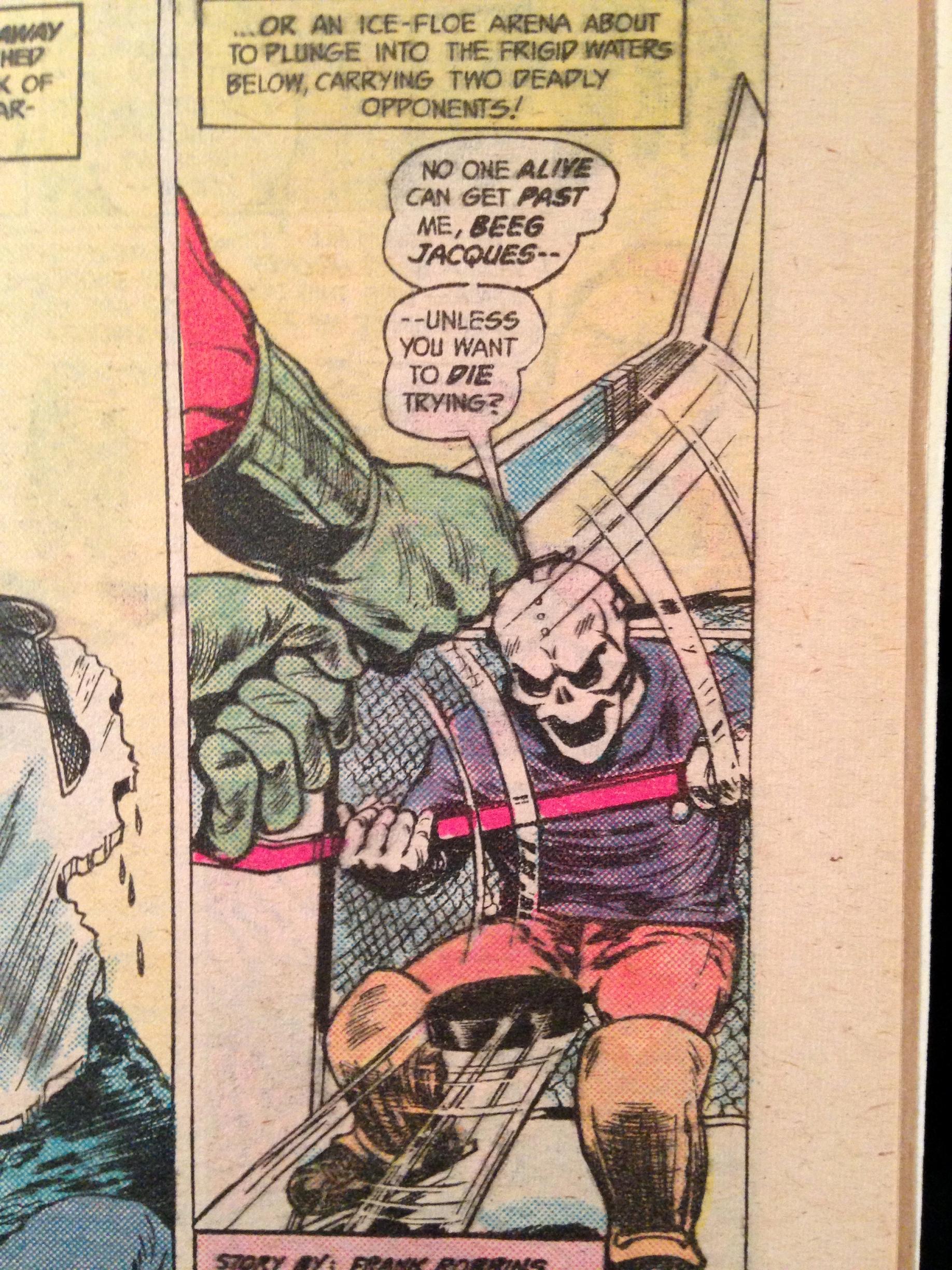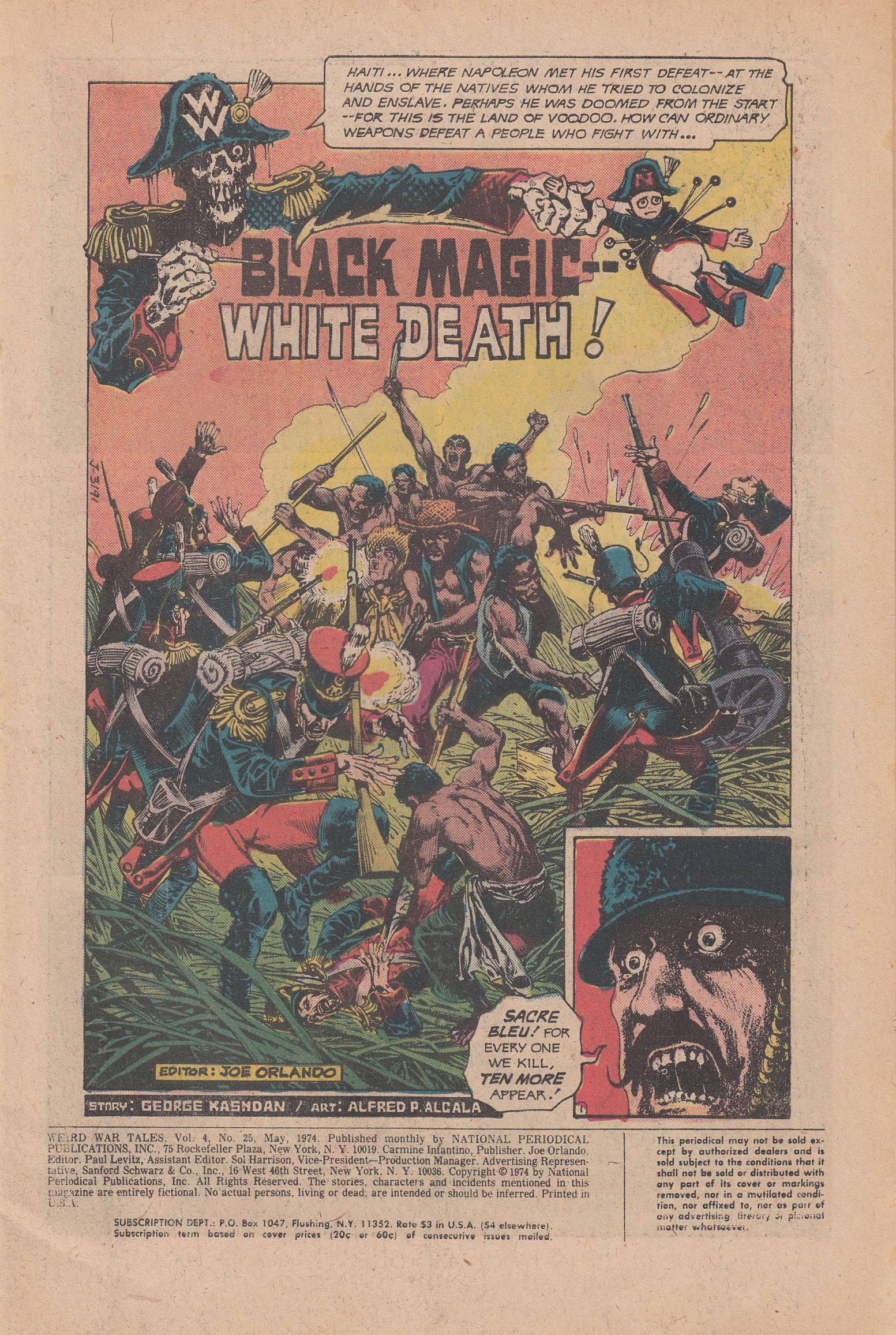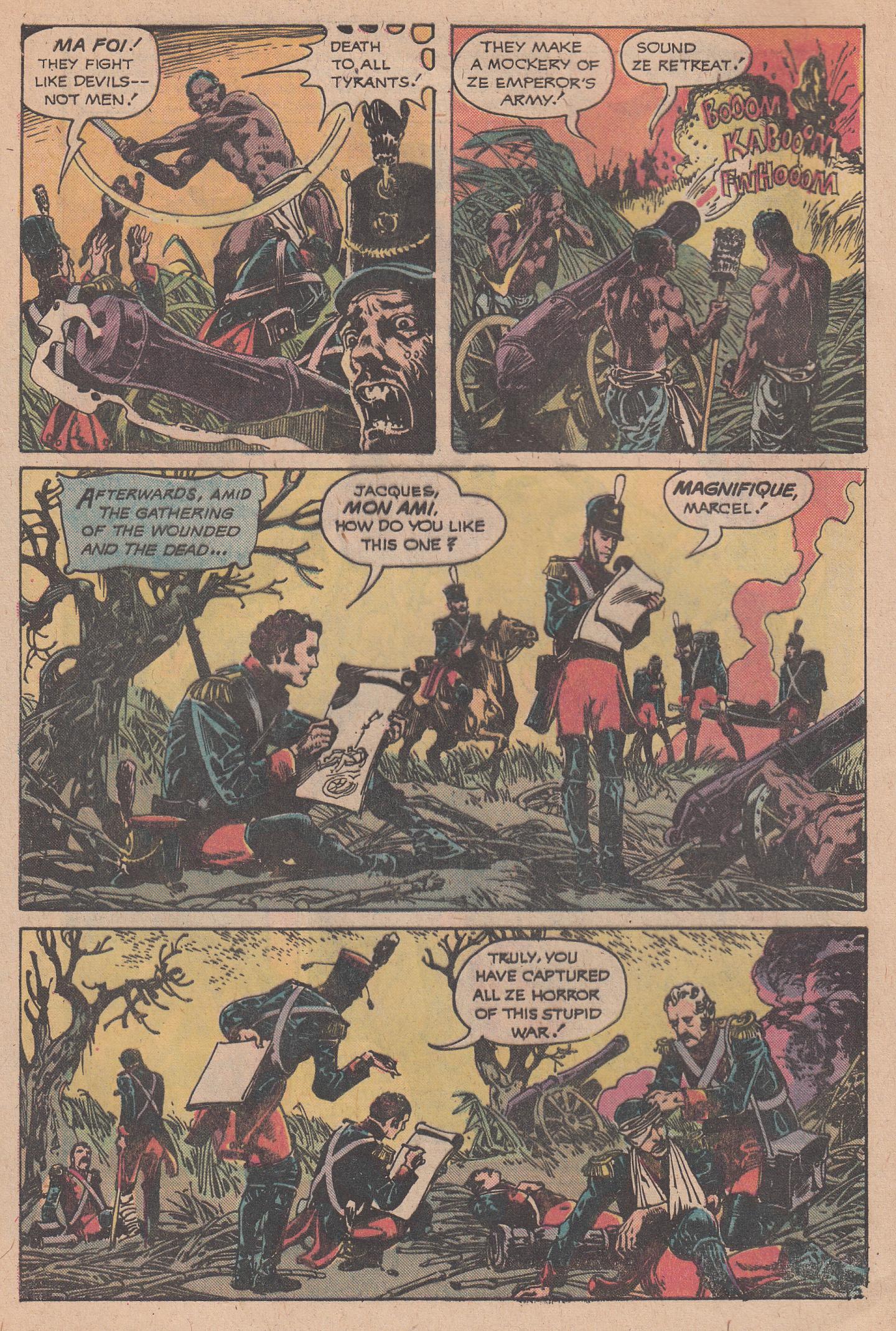Tags
big box of comics, Dave Stewart, DC Comics, Dreaming, dreams, JH Williams III, Neil Gaiman, overture, sandman, Vertigo Comics
I am a child of Time and Night,
and this place will prove my end.
—Morpheus; Overture #5.
Last month’s Big Box of Comics featured Sandman: Endless Nights. This month, thanks once again to this blog’s readers, I filled in another gap in my Sandman collection with the superbly illustrated Overture. While I enjoyed Endless Nights, it didn’t quite earn a place among my all-time favorite Sandman stories, but Overture definitely made my top five. Let me share with you why.
First, the art by J.H. Williams III—assisted in no small part by colorist Dave Stewart—is probably the most awesome art to ever grace the pages of a Sandman story. It has incredibly inventive panel layouts that re-imagine what is possible with the very concept of panels and are perfectly suited to this story’s journey through numerous levels of reality and dreams. Williams employs a variety of art styles for the various realms and characters, even going so far as to draw multiple styles in a single panel, such as the four-page fold-out mega-splash page in the first issue where many incarnations of the Lord of Dreams gather in a single place.
Longtime fans of Sandman since the 1980s might recall the days when the original issues were printed on cheaper paper with more primitive printing processes and the colors often lacked vibrancy. But in Overture, with Dave Stewart’s colors on high-quality paper, the vibrancy is turned all the way up to eleven. Overture is a visual feast that must be seen to be believed.
Second, Overture brings back all the elements that made so many of the original long-form story arcs into instant classics. We travel through all kinds of fantastic realms, meet fascinating characters whose infinite depths we barely have time to explore, converse about weighty and poetic concepts, re-imagine mythologies, and create new mythologies on the fly as only Neil Gaiman can do.
Some reviewers have posted negative comments about the story, but those reviews only make me wonder if the reviewers remember story arcs such as the wandering Brief Lives from the original series. Sandman was always content to spend a lot of time on journeys that at first appeared aimless, was never in a hurry with the build-up, and reached unexpected and often quiet conclusions that left you scratching your head thinking, “WTF was that about?”—until you re-read the entire thing and grasped the meaning of it all.
Some reviewers complain about a lack of dramatic tension, since you know that somehow all of Overture’s complicated plot must eventually resolve into the events of the first issue of the original series. After all, it’s obviously a prequel. But I found the high stakes kept me engaged in wondering how Morpheus could simultaneously succeed on his quest and yet find himself captured at the end, and the outcome was anything but predictable.
One of the joys in reading Overture is how it connects to so many ideas and stories that were alluded to in the original series but were never fully explored or explained. Some reviewers say Overture is a bad place to start with Sandman because it requires you to know a lot about the original series for context. I disagree. I would absolutely recommend this as a starting point, because even though a new reader won’t totally understand all the context, the same could be said about starting with Sandman #1 and saving Overture until you finish the original seventy-five issues.
Sandman always had a lot of unexplained back-story about major events that were only alluded to in a couple of panels of dialogue. Overture gave Gaiman a chance to go back and fill in or expand on what might have seemed like throwaway concepts forty years ago. After reading Overture, I re-read the original series and found a new appreciation for so many small moments. Here are a few examples.
Overture gives us a more complete tale of Alianora, a former love of Morpheus who only briefly appeared near the end of A Game of You. Reading her scene in A Game of You made so much more sense to me after Overture. Likewise, when Morpheus recalls in just two panels of The Doll’s House how he failed to properly deal with a Vortex a long time ago, you know what he meant after Overture.
In Brief Lives, Delirium tells Destiny there are things that don’t appear in his book that contains the entire universe, and there is a single panel which mentions how Morpheus was weakened after some major episode that left him vulnerable to being captured in the first issue of the original series. Both of these brief moments are explored in much greater detail in Overture.
Overture also harkens back to one of my favorite standalone issues: Dream of a Thousand Cats. Morpheus appears differently to different species, such as when he appeared as a fox to the fox in Dream Hunters, and Dream of a Thousand Cats showed that he appears to cats as the Cat of Dreams. Overture explores this idea in its opening pages where Morpheus appears as a sentient carnivorous plant to an alien lifeform, and it also features the Cat of Dreams. Plus, a major plot point centers on having one thousand beings dream the same dream to create a new reality—a central concept in Dream of a Thousand Cats.
Overture builds on the idea of stars-as-conscious-entities from Endless Nights, giving the stars an entire cosmic city you don’t want to mess with, and developing the antipathy Morpheus feels for his androgynous sibling Desire as a result of that story.
You also discover the origin of the weird gasmask-plus-spinal-column thing Morpheus sometimes wears, another item whose origin was only ever mentioned in a couple of panels of the original series. DC Comics geeks know the real reason for the gasmask is that the original golden-age Sandman wore one while he was gassing his foes with chemicals that made them sleepy, but Gaiman took an old idea and ran with it—much as he did with the subsequent Jack Kirby version of Sandman in The Doll’s House.
Those are just a few things I picked up on, and other fans of Sandman will undoubtedly find more. So, as to the question of whether this is a good place to start with Sandman, I say it is. New readers won’t always understand what is going on, but that’s the same experience they get if they start at Sandman #1. To read Sandman, you must be willing to not have everything explained to you, to put together pieces of a puzzle, and to read the stories more than once to pick up all the clues and see how everything ties together. You must also be ready to indulge Gaiman’s love of leaving many mysteries unsolved, and many endings ambiguous.
I loved Overture, and it made me love the original series even more than I already did. The art will blow your mind, the story will deepen your appreciation of the original series, and it works not only as an overture but a coda to one of the finest examples of what can be accomplished in comic books. A huge Thank You to this blog’s readers for helping me add this missing gem to my big box of comics.
Collector’s Guide: Get the Sandman: Overture 30th Anniversary Edition on Amazon in Kindle or paperback formats. It’s a little harder, but not impossible and certainly rewarding, to find all the original single issues in stock.






